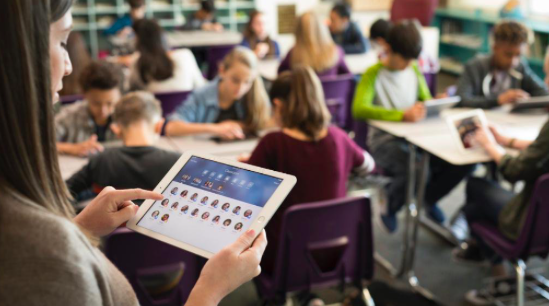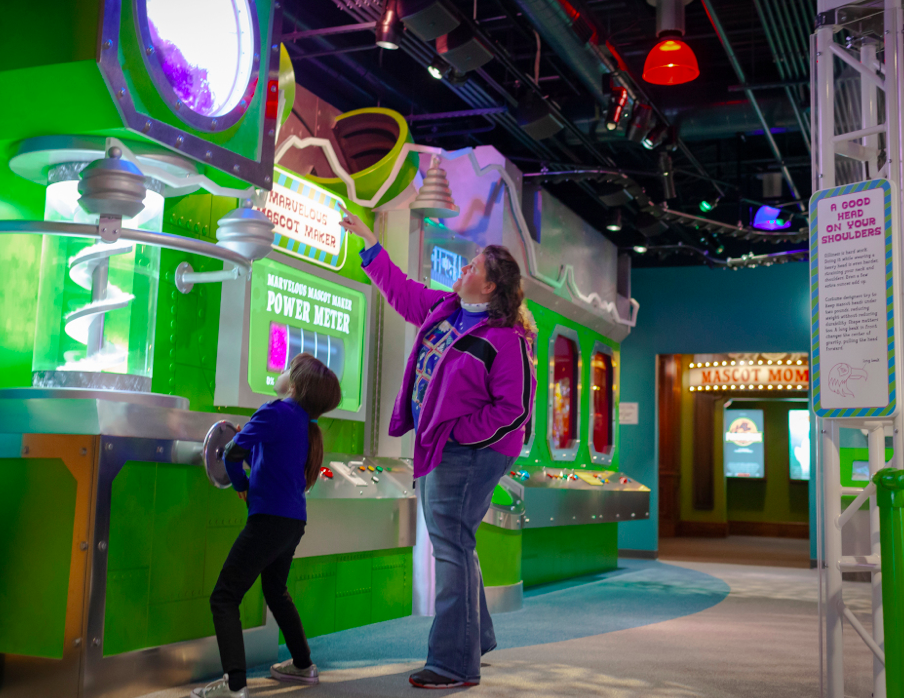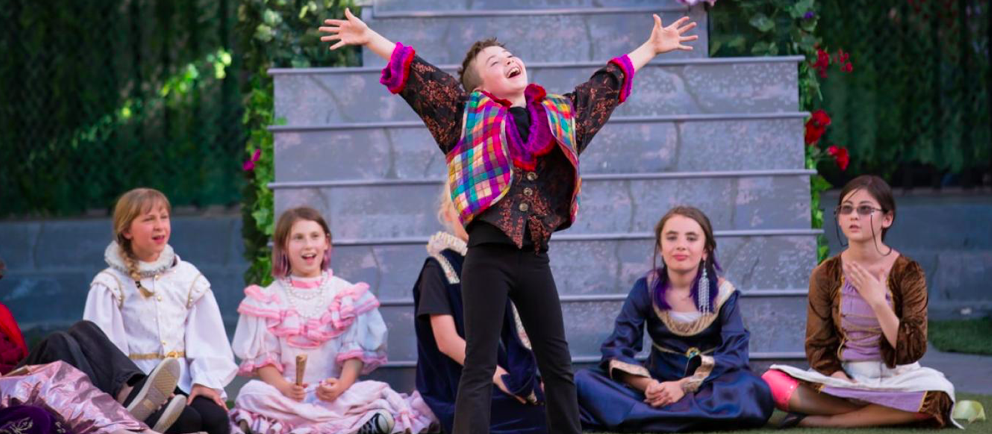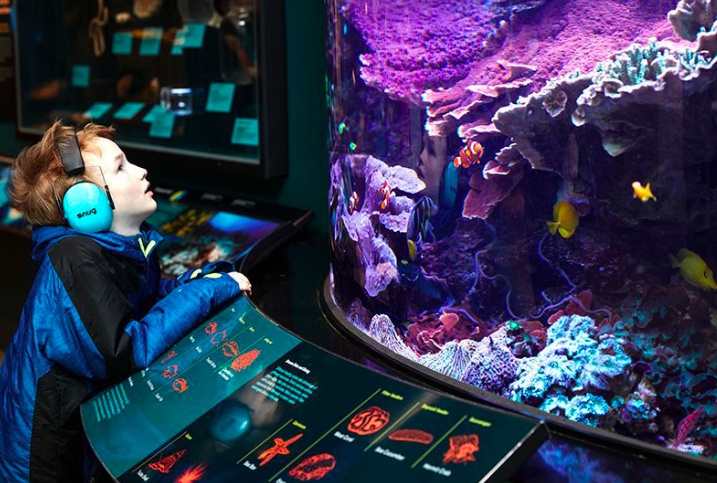The vast realm of historical studies has an air of academic valour and scholarly mystique surrounding it. While these traits often appeal to adults, we must ask ourselves: what about children? In this post, I will take you through how to develop engaging and educational historical resources for kids - and why it’s important to do so.
- Ask Questions, Visit Classrooms
Interacting with your target audience will always help you find out what they’re interested in prior to designing your program - regardless of their age. These interests are important launching points for programs, as they indicate topics the children want to learn about. Parent surveys are a great way to get input on what kids enjoy learning about. Speaking with teachers about current history programs is also helpful. Teachers design lessons that are child-oriented and engaging on a daily basis, making them a helpful resource for finding out which teaching strategies work, and which don’t. Creating an outlet for teacher feedback in regards to existing school programming is an easy way to gain insight into design strategies.
 Teachers often have a good grasp on classroom technology and student interests (Image courtesy of Apple Education, via Twitter).
Teachers often have a good grasp on classroom technology and student interests (Image courtesy of Apple Education, via Twitter).
- Get them involved!
When designing tactile components of your exhibit, make sure you remember that the children experiencing it will have varying motor skills. For example, a younger child may find it easier to interact with chunkier, easier to hold items, while older children tend to have steadier grips, and can handle delicate materials. In general, it is recommended to create a standardized resource, then modify as need be for the children’s varied abilities.
 Note that in this exhibit, large buttons and levers at accessible heights allow younger children to interact with the content easily (Image courtesy of Exhibit Interactives).
Note that in this exhibit, large buttons and levers at accessible heights allow younger children to interact with the content easily (Image courtesy of Exhibit Interactives).
Always ensure that you offer children spaces to play - it’s a useful and valuable way to learn. Creating dramatic centers with costumes and props is a great way to do this, as it solidifies the experience in their mind. Encourage them to have fun, be silly, and most of all, learn. These are the sort of experiences that they go home and tell their parents about, the sort of experiences they remember.
 A group of children re-enacting a medieval scene in costumes (Image courtesy of the University of Colorado Boulder).
A group of children re-enacting a medieval scene in costumes (Image courtesy of the University of Colorado Boulder).
- Some Cautions
When designing your display, be aware of sensory overload. This occurs when an individual becomes “overstimulated” by a surplus of sound and movement, alongside other factors. Consider letting children choose when to interact with sensory elements rather than making them automatic. This also puts the child in control of their learning experience, helping them gain confidence. To limit sensory overload, consider including buttons or levers that allow children to actively manipulate the sound or movement of the display.
Additionally, always make sure that you use accessible vocabulary. Many younger children are still learning how to read and write. Don’t complicate your program with academic jargon - create it using simple, easy-to-follow instructions to ensure that all children are able to actively participate.
 Pictured: a young individual at the Smithsonian Institution’s “Morning at the Museum” , a program that features dimmed lighting, lowered noise, and reduced crowd sizes for children with special needs (Image courtesy of: smithsonian.com).
Pictured: a young individual at the Smithsonian Institution’s “Morning at the Museum” , a program that features dimmed lighting, lowered noise, and reduced crowd sizes for children with special needs (Image courtesy of: smithsonian.com).
- Why is it important?
In recent times, you may have heard the phrase “youth are the future” tossed around in discussions regarding the importance of education. This saying holds true for history programs; it is important to teach children about the past so that they can develop a deeper understanding of the present. Besides, you never know - you may be inspiring one of the world’s next leading historians!
For more information on children’s history programming in the GTA, visit these websites:
-Oakville Museum school programs: https://www.oakville.ca/museum/school-community-programs.html
-ROM children's programs: https://www.rom.on.ca/en/whats-on/all-programs/kids
-AGO children's programs: https://ago.ca/learn/courses-children-and-youth
